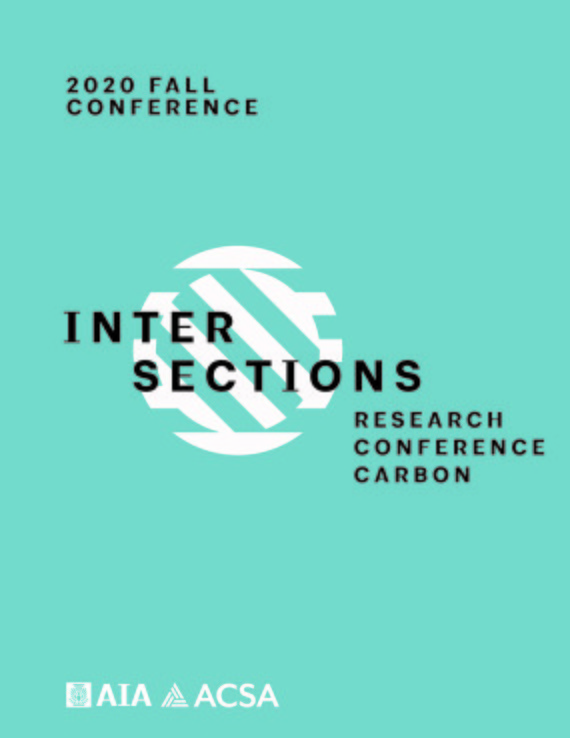Author(s): Franca Trubiano
The ubiquitous use of plastics in architectural design and construction obfuscates the very real human health risks which exist when polymers—derived from petroleum, coal, or natural gas—are used in the building industry. For more than fifty years, a majority of construction materials have been engineered using polymers for the purposes of achieving a range of advanced performance capacities. These materials are widely manipulated using fossil fuel derivatives for augmenting their structural strength, moisture resistance, form finding, or general resistance to weathering. Polyvinyl chlorides, for example, are used in plumbing supplies, exterior sheathing, interior surfaces, furniture, and landscaping, for these reasons. Indeed, nearly everything in our built environment is permeated by chemicals derived from fossil fuels. This is obviously problematic for carbon emissions: it is all the more critical in what concerns human health. More than half a century following the deliberate and orchestrated flooding of the construction market with inexpensive plastics, very little data is disclosed about the potential health risks associated with adopting such large quantities of nonrenewable, nonrecyclable, and wasteful materials. Architects, engineers, builders, clients, and the general public are poorly informed on the toxic accumulation of highly synthetic building polymers that originate in carbon intensive fossil fuel industries and that saturate our air, water, and physical bodies. In response, this paper reports on the results of a funded research project aimed at identifying the sources, risks, and impacts of using such materials in the building industry. Funded by the Kleinman Center and the Penn Undergraduate Research Mentoring program at the University of Pennsylvania, the project studies site-specific material flows involved in the lifecycle of a set of polymers manufactured in the Philadelphia region. Invisible to most, yet present in many communities, are industrial sites which distill, manufacture, and fabricate the polymerized materials that pose the highest risks when building. This has been the case in the city of Philadelphia where for decades fossil fuels and their derivatives intended for the building industry have been manipulated, with risk. Sharing evidence of this, is the focus of this paper.
https://doi.org/10.35483/ACSA.AIA.FallInterCarbon.20.28
Volume Editors
Corey T. Griffin & Erica Cochran Hameen
ISBN
978-1-944214-35-7

 Study Architecture
Study Architecture  ProPEL
ProPEL 
